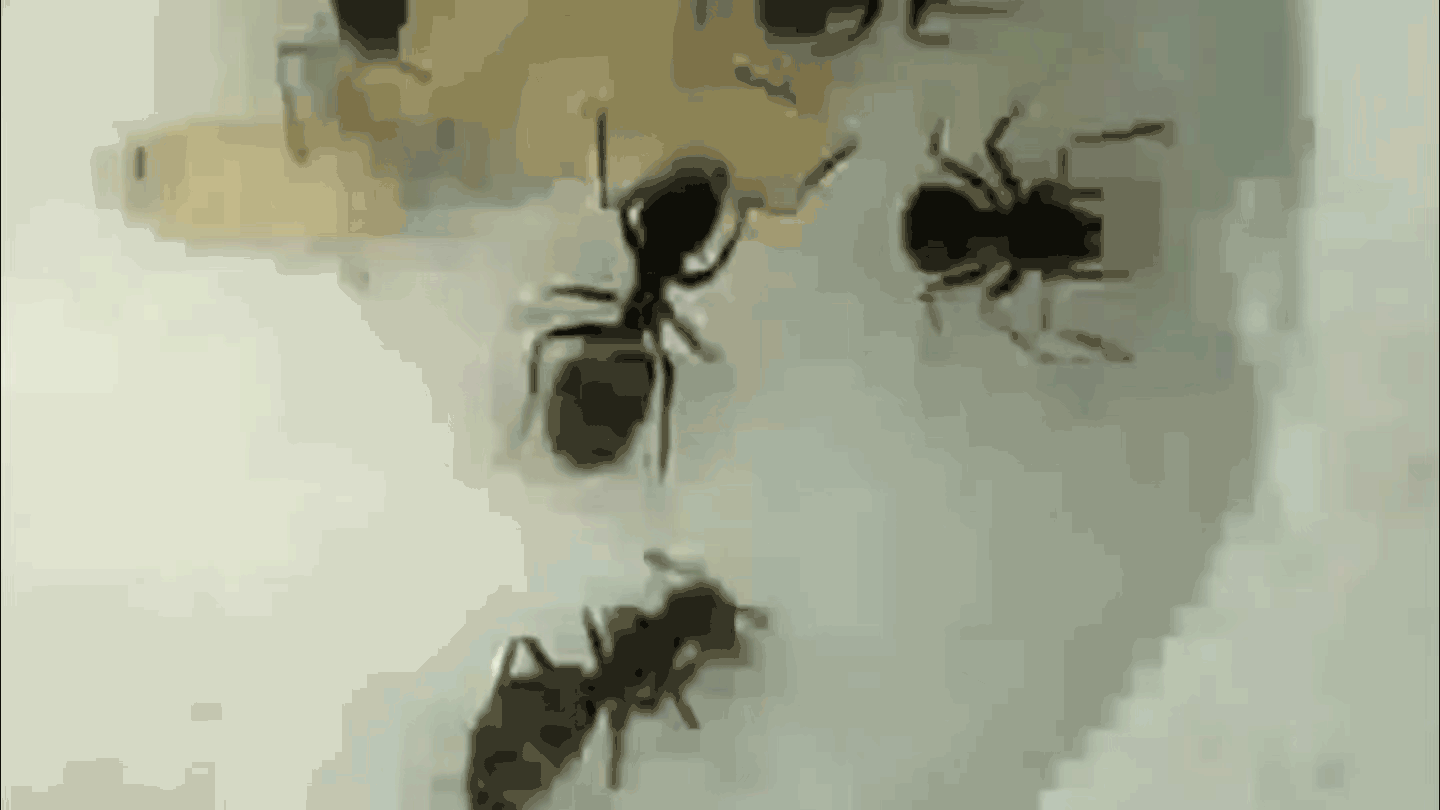- More than 2 years ago
Look closely enough at the arms of the brittlestar, a starfish relative, and you’d


see that those arms are looking right back at you. Each one is coated with perfect
lenses that focus light onto a nerve bundle, researchers report in the Aug. 23
Nature. Made of skeletal material, these lens structures rival recent engineering
advances in microlens arrays.
“To find them [microlens arrays] in nature is absolutely astonishing,” says
physicist Roy Sambles of the University of Exeter in England.
Joanna Aizenberg of Lucent Technologies’ Bell Labs in Murray Hill, N.J., and her
colleagues discovered the lenses while studying the architecture of the
transparent calcite skeletons that protect brittlestars.
In some species, the team found “an incredible array of spherical structures” on
the animals’ skeleton, says Aizenberg. The researchers began to suspect that these
arrays might be lenses when they realized the structures occur only in those
species of brittlestars that respond to light. Such brittlestars skitter out of
the way of predators and zoom into crevices that they spy from a distance.
Brittlestar species that don’t sense light don’t have the arrays, the researchers
found.
To prove that the structures behave as lenses, Aizenberg shined a light through
the skeleton of the brittlestar Ophiocoma wendtii. She found that each spherical
structure indeed focused light to a point less than 3 micrometers across.
“When we measured the sizes of the focused regions, we realized that these lenses
were almost optically perfect,” says Aizenberg. Normally, calcite has the optical
property known as birefringence, in which light travels two pathways to produce a
double image. But the natural lenses have orientations and internal structures
that minimize this limitation and other optical shortcomings of calcite. For
example, light shining into a brittlestar’s surface lens gets focused by a second
lens below the sphere.
Each focal spot impinges on a bundle of nerves that feeds into a larger nerve
cord, the researchers observed by microscopy. The view for the brittlestar,
suspects Aizenberg, is “something like . . . compound eye vision,” which occurs in
some insects.
Aizenberg says that the brittlestar’s natural optical elements may help guide
engineers who design microlens arrays. They now use such arrays for routing
information through optical fibers, but only in the past few years have engineers
made plastic microlens arrays in the range of the brittlestar’s minute scale. Says
Sambles, “It’s exciting stuff.”






